Dying in dignity behind bars
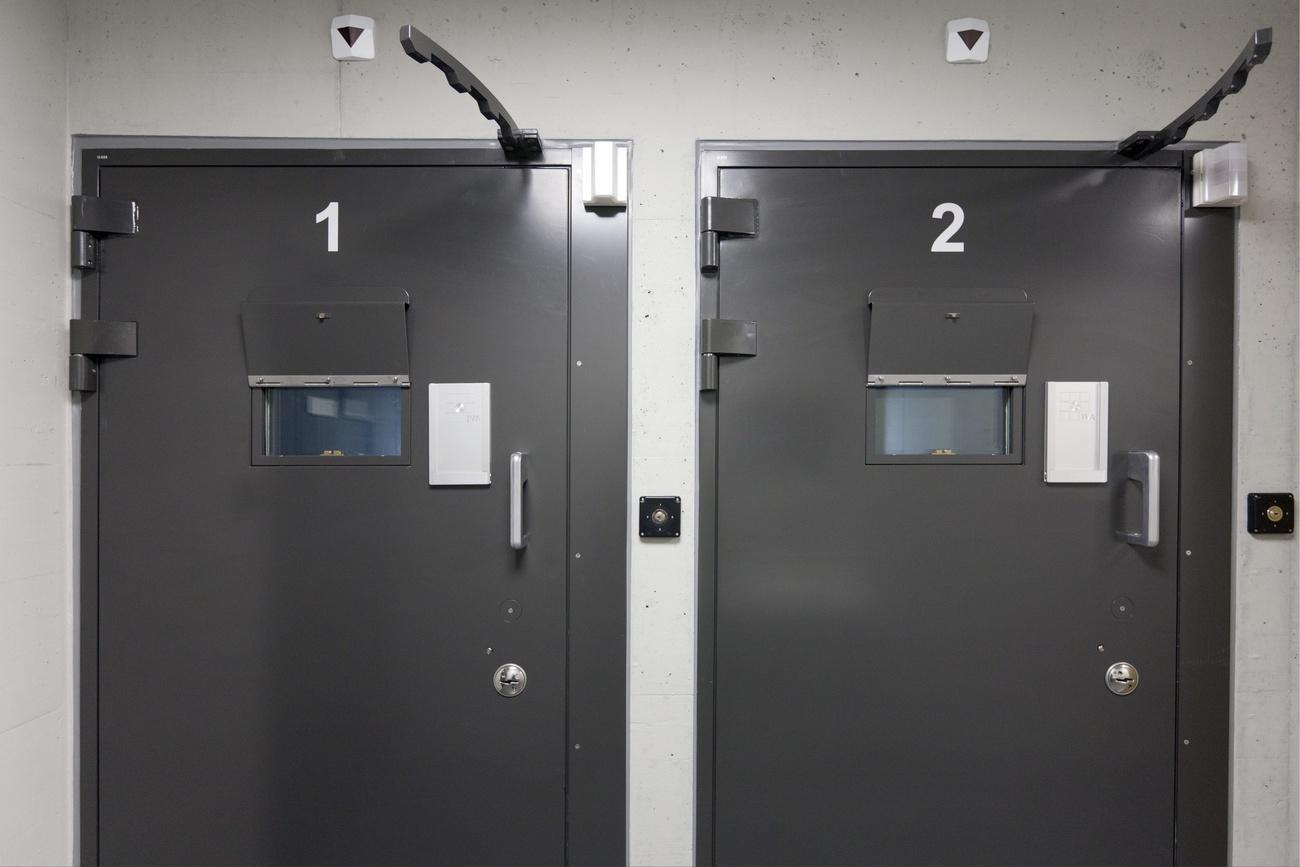
Swiss prisons were designed for 20-to-30-year-old offenders who are released after serving their sentences. However, the number of older inmates is steadily increasing.
In 2017, there were 828 prisoners over the age of 50. Yet most prison facilities lack the necessary infrastructure to meet their needs. For some people, prison is not just a place to live, but also a place to die.
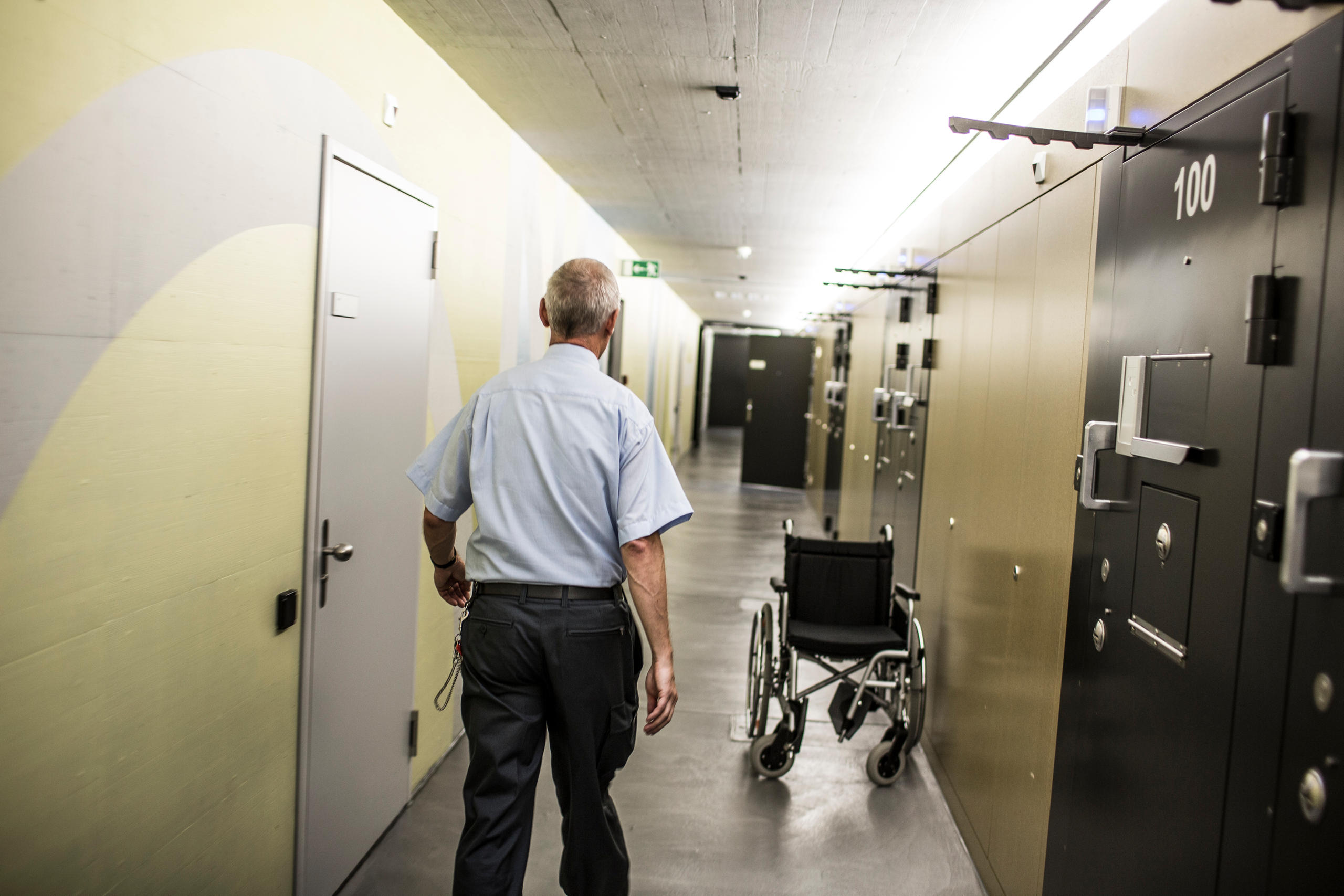
More
Nursing home behind prison bars
“No one should have to die in prison against their will,” says anthropologist Ueli HostettlerExternal link. The question of death is one that brings us all together in a way. There are people who think they are different because they have achieved things in life. But at the hour of our death, we are all equal.”
Hostettler is a researcher at Bern University’s Institute of Criminal Law and Criminology, and led the project “End of life in prison: legal context, institutions and actors”.
The study found that Swiss prisons, designed for offenders between 20 and 30 years old, are not ready to meet the different needs of the growing group of over-50s.
Laboratories for prisons of the future
Some prisons have set up special sections for older prisoners. Lenzburg PrisonExternal link, in canton Aargau, has pioneered a “60+” unit with 12 places, while Pöschwies PrisonExternal link in Zurich can accommodate up to 30 prisoners in its “Age and Health” unit.
“These facilities represent a first step towards a humane treatment of the aging and death of older inmates. They are a kind of laboratory for the future development of Swiss prisons with regard to the elderly,” says Hostettler.
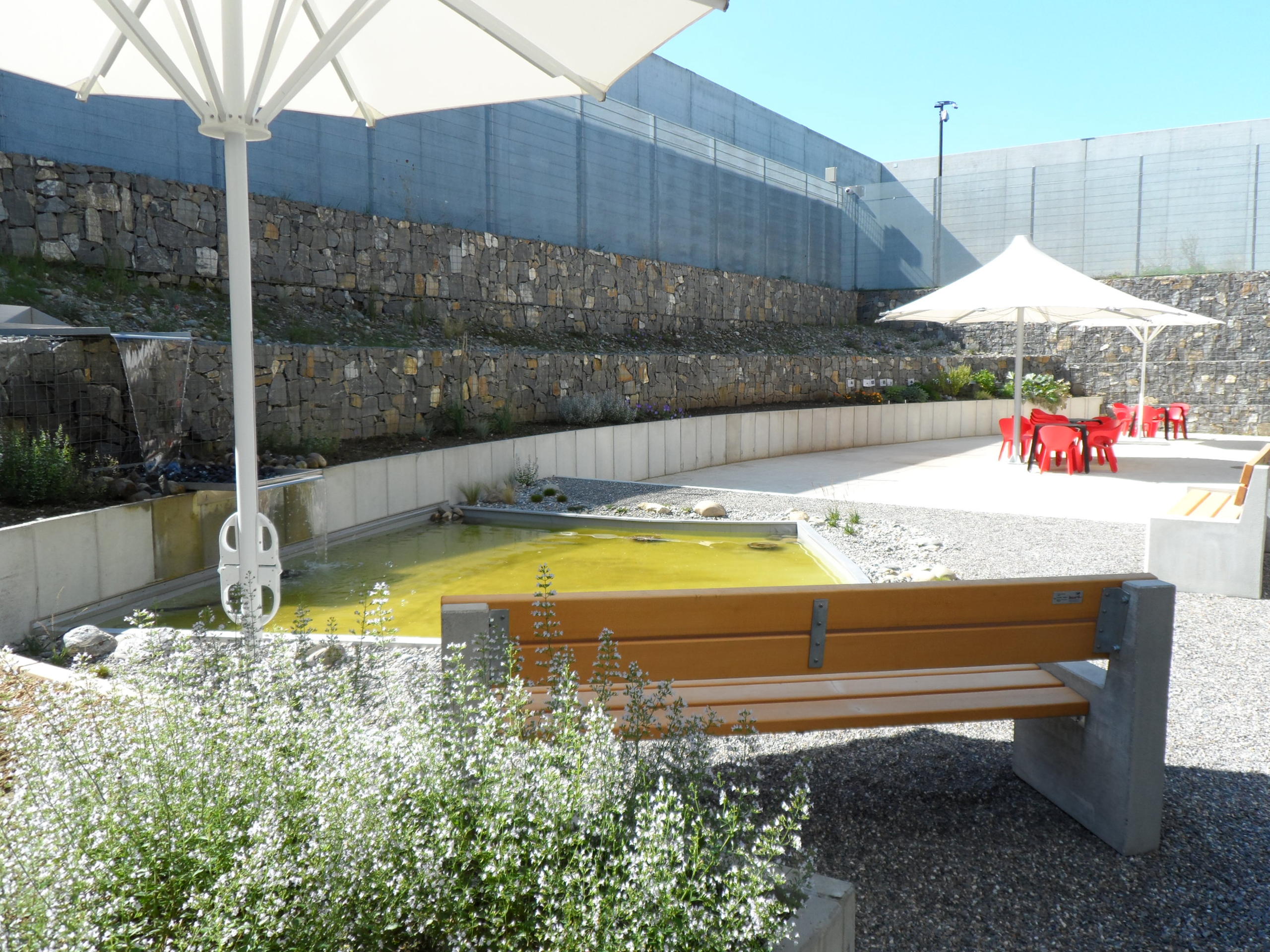
More
Lenzburg Prison
Clearly, this segment of the prison population is increasing. In 1984, there were 212 prisoners over the age of 50. By 2015, this number had more than tripled (to 704), and by 2017 it had reached 828, including 56 over the age of 70, according to figures from the Swiss Federal Statistical Office. And the trend is set to continue. According to projections, the number of older prisoners will have increased threefold by 2030 (as compared to 2015), sixfold by 2040 and nine to 11 times by 2050.
This new demographic profile can be explained by the ageing of the general population, premature ageing as a result of incarceration, a rise in crime rates among older people and, above all, a stiffening of the law, harsher sentences and a reluctance to grant parole.
No hope and no prospects
“There are people who have almost no hope of ever being released, and their numbers are increasing. Before our eyes, Swiss prisons, especially the six closed [high-security] ones, are filling up with people who have no future,” says Hostettler.
This leads to a clash between the traditional logic of the prison system, based on punishment and social reintegration rather than the inmates’ actual needs, and the responsibility of caring for an elderly prison population. Prison staff themselves do not have the necessary training to meet the new needs, for which there are also no specific guidelines.
As Hostettler explains, “prisons do not have the right infrastructure or trained personnel, there are no specially adapted sections for dying detainees and, above all, natural death is not recognized in prison regulations, processes or practices.”
“There is also no specific legislation on end of life in prison,” he adds. “Many prisoners fear that they will spend their last hour in the solitude of their cell, or travelling back or forth between the hospital and prison. It is not dignified.”
Security above all
Legal mechanisms do exist that allow for prisoners to be released at the end of their lives (articles 80 and 92 of the Swiss Penal CodeExternal link). However, “the authorities responsible prefer not to take risks. Society requires 100% security and no recidivism; but this 100% does not exist,” says Hostettler.
As for medical care, he continues, young adult inmates are generally treated as outpatients in response to accidents. As for deaths, the main causes are homicide and suicide, which represent a failure in the penitentiary system.
Older inmates, however, have other health problems, which are more acute, chronic and fatal. The circumstances of their death are also different.
Some prisons have doctors on site, while others make use of local doctors. The university hospitals of Geneva, Lausanne and Bern have protected units for the care and convalescence of prisoners. However, inmates who are considered dangerous do not have access to specific treatment, including palliative care, which is available to the rest of the population.
Principle of equivalence
“Under Swiss law, incarcerated people are restricted only with regard to their freedom of movement, and everything else must be equivalent, including the health system,” Hostettler points out.
However, when it comes to medical care and some other areas, the overriding need for security imposes significant restrictions, meaning that prisoners who are considered dangerous cannot be released to spend their last days at home or be transferred to nursing homes for the elderly or other appropriate institutions.
“If prisoners at the end of their lives cannot be cared for in specific units outside the prison for security reasons, then these units must be created within,” Hostettler argues.
Urgent call for public debate
Hostettler emphasizes the pressing need to train prison staff, lay down precise guidelines and, above all, raise public awareness of the problem.
“If security needs lead to an increase in the number of people growing old and dying in prison, then we must shoulder our responsibility,” he stresses. A public debate is vital: “It’s a debate about our humanitarian values. A responsible and democratic society must find a solution. We cannot toughen the laws without reacting to the consequences.”
* Using ethnographic methods, case studies and legal analyses, researchers from the universities of Bern and Fribourg (U. Hostettler, I. Marti, M. Richter, S. Bénard and N. Quelioz) carried out the project End of life in prison: legal context, institutions and actorsExternal link, as part of the National Research Programme PNR67 “End of Life” (2012–2016), run by the Swiss National Science FoundationExternal link. They held 60 interviews with the judicial authorities, detainees and prison staff and studied living conditions in Lenzburg and Pöschwies prisons for three months.
(Translated by Julia Bassam)

In compliance with the JTI standards
More: SWI swissinfo.ch certified by the Journalism Trust Initiative








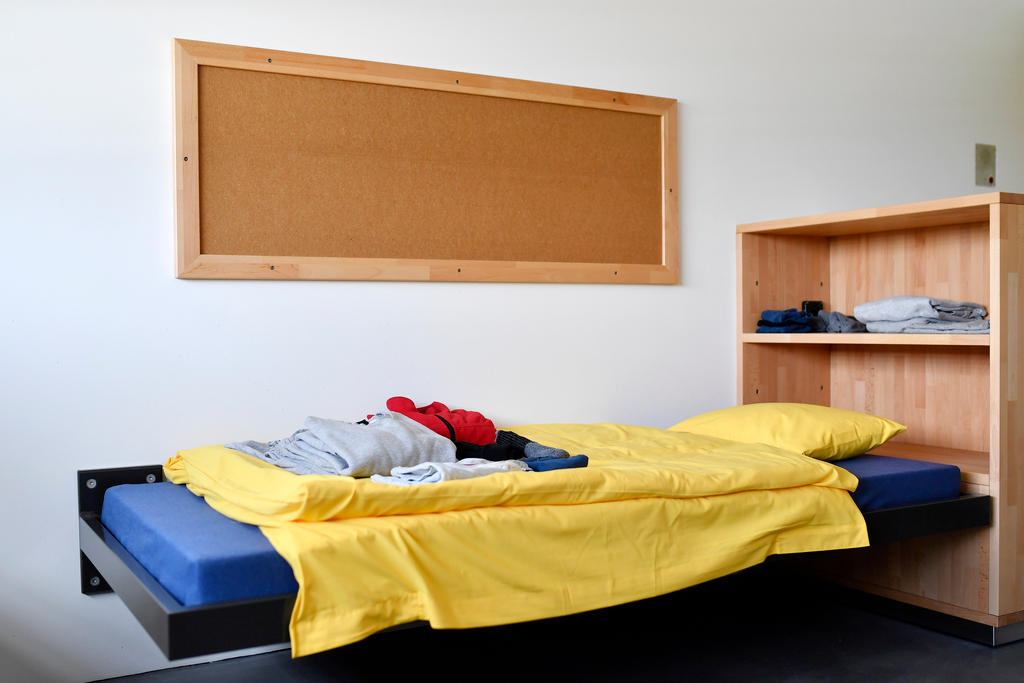
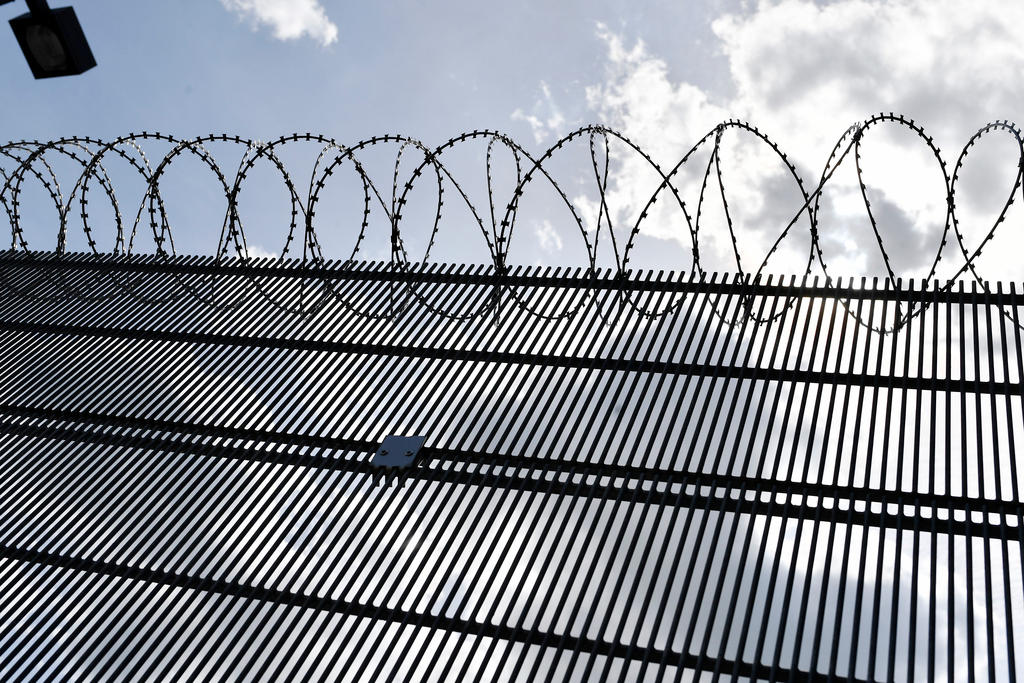
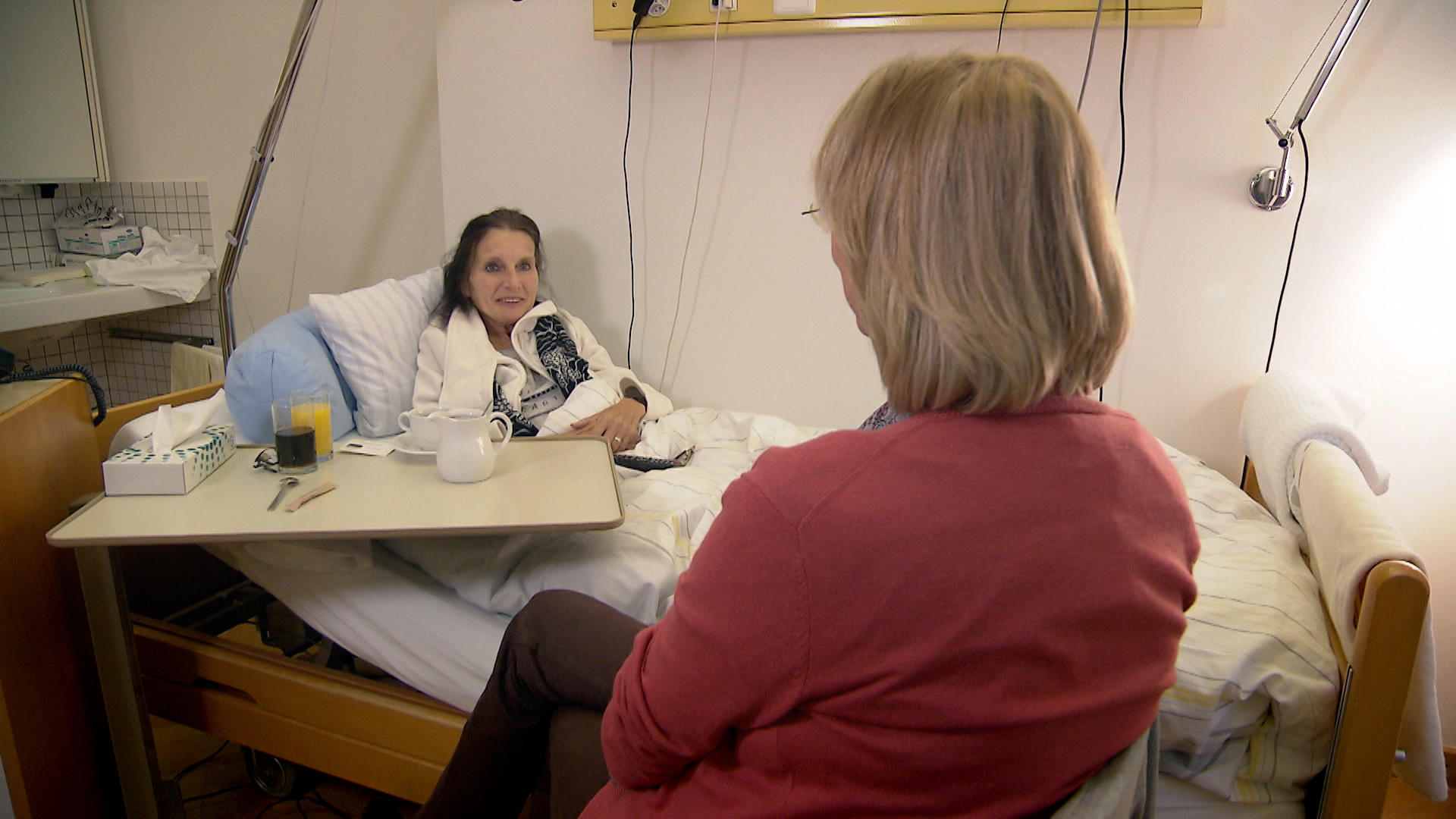
You can find an overview of ongoing debates with our journalists here . Please join us!
If you want to start a conversation about a topic raised in this article or want to report factual errors, email us at english@swissinfo.ch.